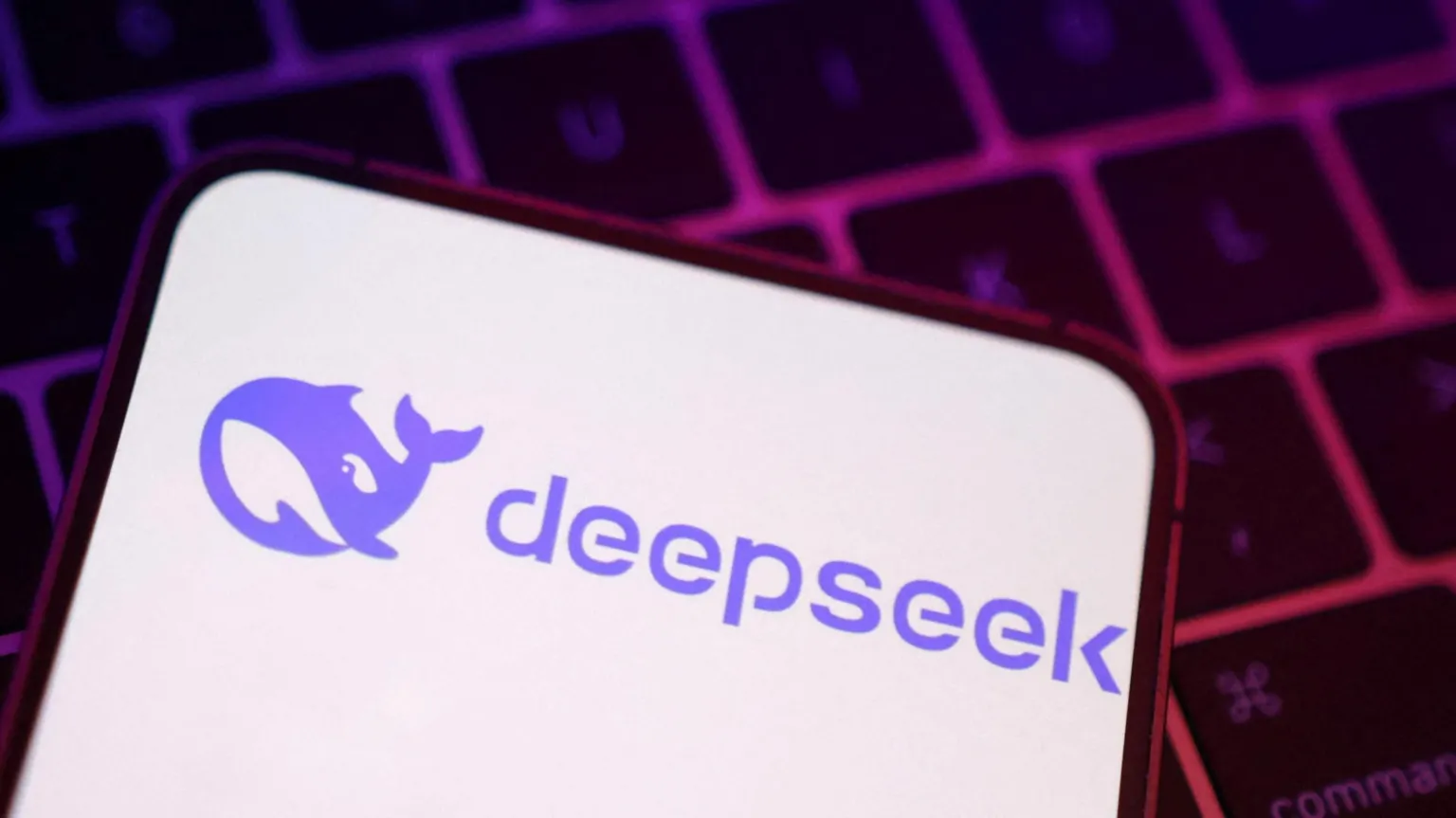10 Ways Deepseek Can Drive You Bankrupt - Fast!
 Certainly one of my personal highlights from the DeepSeek R1 paper is their discovery that reasoning emerges as a behavior from pure reinforcement learning (RL). This mannequin improves upon DeepSeek-R1-Zero by incorporating additional supervised high-quality-tuning (SFT) and reinforcement studying (RL) to enhance its reasoning performance. No proprietary information or training methods had been utilized: Mistral 7B - Instruct mannequin is an easy and preliminary demonstration that the bottom model can simply be high quality-tuned to attain good performance. We first introduce the essential architecture of DeepSeek-V3, featured by Multi-head Latent Attention (MLA) (DeepSeek-AI, 2024c) for environment friendly inference and DeepSeekMoE (Dai et al., 2024) for economical training. Multi-headed Latent Attention (MLA). The LLM was skilled on a big dataset of 2 trillion tokens in both English and Chinese, using architectures such as LLaMA and Grouped-Query Attention. Traditionally, in information distillation (as briefly described in Chapter 6 of my Machine Learning Q and AI guide), a smaller scholar model is trained on both the logits of a bigger teacher mannequin and a target dataset. Instead, here distillation refers to instruction wonderful-tuning smaller LLMs, resembling Llama 8B and 70B and Qwen 2.5 fashions (0.5B to 32B), on an SFT dataset generated by bigger LLMs. 3. Supervised effective-tuning (SFT) plus RL, which led to DeepSeek-R1, DeepSeek’s flagship reasoning model.
Certainly one of my personal highlights from the DeepSeek R1 paper is their discovery that reasoning emerges as a behavior from pure reinforcement learning (RL). This mannequin improves upon DeepSeek-R1-Zero by incorporating additional supervised high-quality-tuning (SFT) and reinforcement studying (RL) to enhance its reasoning performance. No proprietary information or training methods had been utilized: Mistral 7B - Instruct mannequin is an easy and preliminary demonstration that the bottom model can simply be high quality-tuned to attain good performance. We first introduce the essential architecture of DeepSeek-V3, featured by Multi-head Latent Attention (MLA) (DeepSeek-AI, 2024c) for environment friendly inference and DeepSeekMoE (Dai et al., 2024) for economical training. Multi-headed Latent Attention (MLA). The LLM was skilled on a big dataset of 2 trillion tokens in both English and Chinese, using architectures such as LLaMA and Grouped-Query Attention. Traditionally, in information distillation (as briefly described in Chapter 6 of my Machine Learning Q and AI guide), a smaller scholar model is trained on both the logits of a bigger teacher mannequin and a target dataset. Instead, here distillation refers to instruction wonderful-tuning smaller LLMs, resembling Llama 8B and 70B and Qwen 2.5 fashions (0.5B to 32B), on an SFT dataset generated by bigger LLMs. 3. Supervised effective-tuning (SFT) plus RL, which led to DeepSeek-R1, DeepSeek’s flagship reasoning model.
 While R1-Zero is not a high-performing reasoning mannequin, it does demonstrate reasoning capabilities by generating intermediate "thinking" steps, as shown in the determine above. DeepSeek Chat released its mannequin, R1, a week ago. The first, DeepSeek-R1-Zero, was built on prime of the DeepSeek-V3 base mannequin, an ordinary pre-skilled LLM they released in December 2024. Unlike typical RL pipelines, where supervised wonderful-tuning (SFT) is applied before RL, DeepSeek-R1-Zero was trained exclusively with reinforcement studying with out an preliminary SFT stage as highlighted in the diagram beneath. To make clear this course of, I've highlighted the distillation portion within the diagram below. Actually, the SFT knowledge used for this distillation process is the same dataset that was used to practice DeepSeek-R1, as described within the previous section. Surprisingly, DeepSeek also released smaller models educated by way of a course of they call distillation. However, within the context of LLMs, distillation doesn't necessarily follow the classical information distillation strategy used in deep studying.
While R1-Zero is not a high-performing reasoning mannequin, it does demonstrate reasoning capabilities by generating intermediate "thinking" steps, as shown in the determine above. DeepSeek Chat released its mannequin, R1, a week ago. The first, DeepSeek-R1-Zero, was built on prime of the DeepSeek-V3 base mannequin, an ordinary pre-skilled LLM they released in December 2024. Unlike typical RL pipelines, where supervised wonderful-tuning (SFT) is applied before RL, DeepSeek-R1-Zero was trained exclusively with reinforcement studying with out an preliminary SFT stage as highlighted in the diagram beneath. To make clear this course of, I've highlighted the distillation portion within the diagram below. Actually, the SFT knowledge used for this distillation process is the same dataset that was used to practice DeepSeek-R1, as described within the previous section. Surprisingly, DeepSeek also released smaller models educated by way of a course of they call distillation. However, within the context of LLMs, distillation doesn't necessarily follow the classical information distillation strategy used in deep studying.
One simple strategy to inference-time scaling is clever immediate engineering. This prompt asks the mannequin to attach three events involving an Ivy League computer science program, the script utilizing DCOM and a seize-the-flag (CTF) occasion. A traditional instance is chain-of-thought (CoT) prompting, the place phrases like "think step by step" are included in the enter prompt. These are the excessive efficiency computer chips needed for AI. The ultimate model, DeepSeek-R1 has a noticeable efficiency increase over DeepSeek-R1-Zero due to the extra SFT and RL stages, as proven within the desk under. The Mixture-of-Experts (MoE) method utilized by the model is vital to its performance. Interestingly, the AI detection firm has used this strategy to identify textual content generated by AI models, including OpenAI, Claude, Gemini, Llama, which it distinguished as unique to each mannequin. This underscores the strong capabilities of DeepSeek-V3, particularly in coping with complicated prompts, including coding and debugging duties.
A tough analogy is how people tend to generate better responses when given more time to suppose by way of complex issues. This encourages the mannequin to generate intermediate reasoning steps relatively than jumping on to the final reply, which might usually (but not all the time) result in more correct outcomes on more complicated problems. 1. Inference-time scaling, a way that improves reasoning capabilities with out training or in any other case modifying the underlying mannequin. However, this system is usually implemented at the appliance layer on high of the LLM, so it is possible that DeepSeek applies it within their app. Using a cellphone app or computer software program, users can sort questions or statements to DeepSeek and it'll respond with text answers. The accuracy reward makes use of the LeetCode compiler to verify coding solutions and a deterministic system to judge mathematical responses. The format reward depends on an LLM decide to ensure responses observe the anticipated format, akin to putting reasoning steps inside tags.
If you cherished this article and you would like to be given more info concerning Deepseek AI Online chat nicely visit our own web page.





